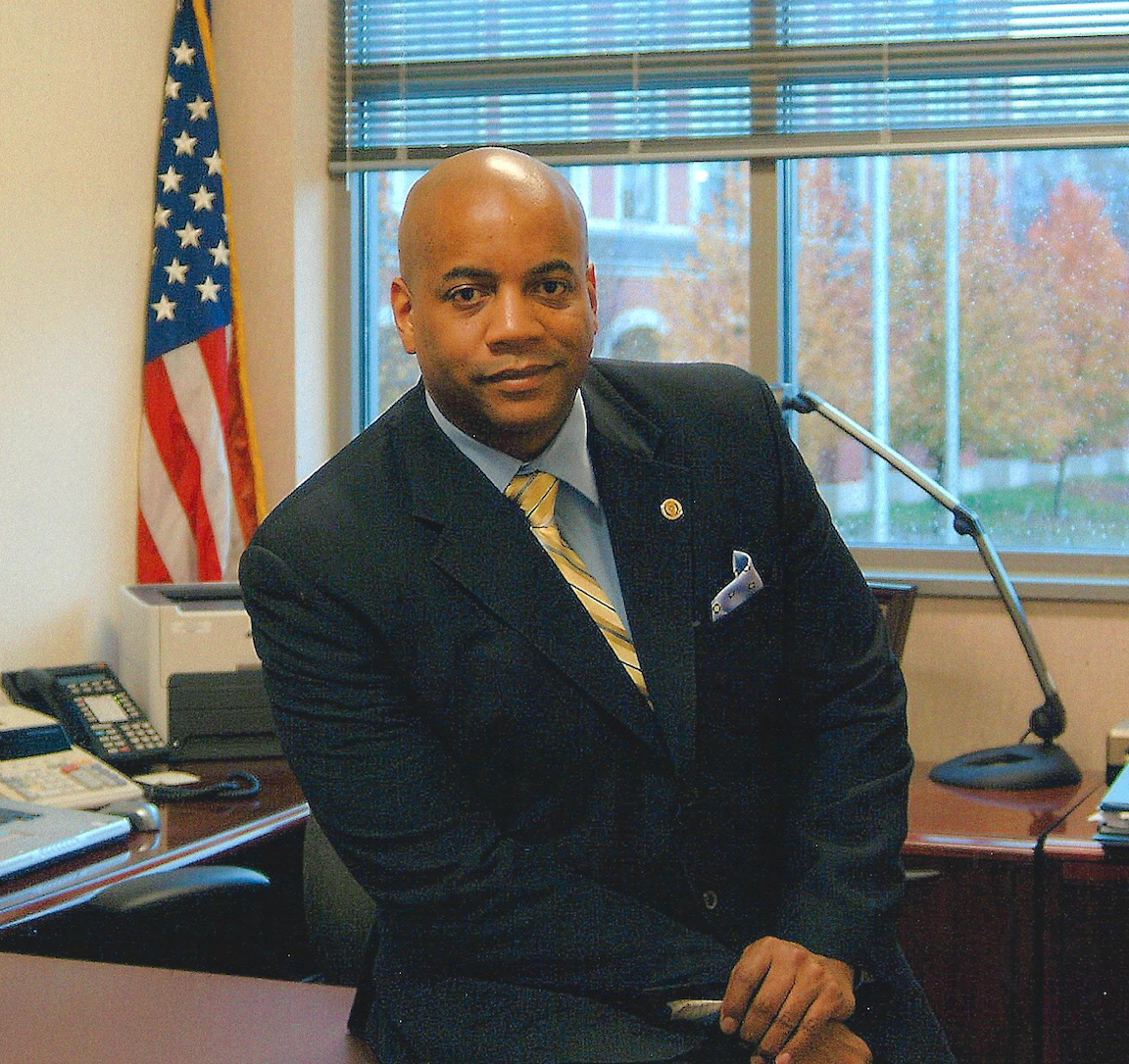OPINION: Taja Johnson – Urgent Need for Stricter School Security Measures, Call to Action

Photo courtesy of Taja Johnson.
OPINION
BY TAJA JOHNSON | For AC JosepH Media
In the wake of the recent tragic shooting at Apalachee High School in Georgia on Sept. 4, where two students and two teachers were senselessly murdered, the call for stricter security measures in American schools has never been more urgent.
This horrific event is yet another stark reminder that schools, once considered safe havens for learning and growth, have increasingly become targets of violence. The question now is no longer whether stricter security measures are necessary, but rather how quickly they can be implemented to protect the nation’s most vulnerable — our children.
School shootings are not a new phenomenon in the United States. Over the past few decades, these violent incidents have become disturbingly common, with an average of one school shooting occurring every week.
According to the Gun Violence Archive, there have been over 400 incidents of gunfire on school grounds in the last decade alone, resulting in hundreds of deaths and countless injuries. The recent tragedy in Georgia is not an isolated incident but part of a grim pattern that shows no signs of abating.
Parents, teachers, and students across the country are living in constant fear that their school could be next. This fear is not unfounded. The factors contributing to school shootings are complex, ranging from easy access to firearms to mental health issues, but the end result is always the same: innocent lives are lost, and communities are left shattered.
Given the alarming frequency of school shootings, it is imperative that schools take immediate and decisive action to enhance security during this current lull. One of the most effective ways to do this is by implementing stricter security measures, including the installation of metal detectors at school entrances.
Metal detectors serve as a powerful deterrent to those who might consider bringing weapons onto school grounds. While they may not completely eliminate the threat, they can significantly reduce the likelihood of a shooting by preventing firearms and other dangerous weapons from entering the school in the first place.
Schools that have implemented metal detectors have reported a noticeable decrease in the number of weapons found on campus, which directly correlates to a reduction in violence.
Beyond metal detectors, schools should also consider other security enhancements, such as increased surveillance, more school resource officers, and stricter access controls. These measures, when combined, create a multi-layered defense system that makes it much more difficult for potential shooters to carry out their plans.
Tactics just like this prevented an armed 13-year-old boy from entering a middle school in Kenosha, Wis., earlier this month, where locked doors stopped him from entering and alerted school personnel who chased him away. An investigation found that the youth allegedly looked up school shootings online and talked to his friends for weeks about it beforehand.
Critics of stricter security measures often argue that they create an atmosphere of fear and distrust in schools, turning educational institutions into fortress-like environments.
While these concerns are valid, they must be weighed against the potential loss of life if no action is taken. It is important to remember that the primary goal of these measures is to protect students and staff from harm.
Furthermore, schools can take steps to mitigate the negative impact of security measures on the school environment.
For example, schools can involve students in conversations about security, making them feel like partners in their own safety rather than subjects of surveillance. Schools can also ensure that security personnel are trained to interact with students in a way that is respectful and supportive, rather than authoritarian.
The cost of implementing stricter security measures is often cited as a barrier to action. However, this cost must be weighed against the cost of inaction. The financial cost of a school shooting is staggering, with expenses related to emergency response, medical care, legal proceedings, and long-term support for survivors and their families.
But even more significant is the emotional cost — the trauma experienced by students, teachers, and entire communities.
Every time a school shooting occurs, it sends shockwaves through the nation, leading to widespread fear, anxiety, and grief. Students who witness or survive these shootings often suffer from long-term psychological effects, including post-traumatic stress disorder (PTSD), depression, and anxiety.
The scars left by these events can last a lifetime, affecting not only the individuals involved but also their families and communities. The tragedy in Georgia and all over the country should serve as a wake-up call to policymakers, educators, and communities across the country.
It is time to move beyond thoughts and prayers and take concrete action to protect our children. Implementing stricter security measures, including the installation of metal detectors, is a critical step in making schools safer.
The safety of our children should be our top priority. By investing in security measures today, we can prevent future tragedies and ensure that schools remain places of learning, growth, and safety for generations to come. It is time to take action — before it’s too late.
Follow Us Today On:
Note from AC JosepH Media: If you like this story and others posted on Front Runner New Jersey.com, lend us a hand so we can keep producing articles like these for New Jersey and the world to see. Click on SUPPORT FRNJ and make a contribution that will go directly in making more stories like this available. Thank you for reading!




